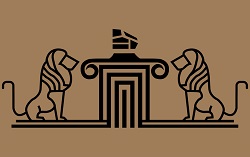Why is it important to know the hardness of natural stone? The hardness of stone can decide, for example, how easily natural stone can be polished, and how long this polishing will last.
The so-called Mohs scale is a scale ranging from 1 to 10, with ten being the hardest. This scale is a relative one; a stone with a higher Mohs grade will be able to scratch one with lower hardness.
The hardest known stone is diamond, with a Mohs grade of 10. But what about those natural stones that we typically use for our building projects?
Marble, for instance, is a relatively soft stone. Its hardness, according to Mohs, is around 3 – just a bit harder than gypsum or alabaster. This is one of the reasons marble is also one of the favourite natural stones for sculpting. Along with marble, travertine also has a hardness of 3. A copper penny will thus scratch these stones! In general, limestones have a hardness of 3 or 4 on the Mohs scale.
Basalt, however, is a much harder stone. It reaches a hardness of at least 6, sometimes 7 Mohs, and so sturdy metal equipment is needed to work with it. Another stone in the same range in terms of hardness is andesite.
Last but not least, there is granite. Granite has a hardness of 8 on the Mohs scale, and to work this stone, machines and tools equipped with corundum or diamond must be employed. Of course, these stones will also work on stones of lower hardness



